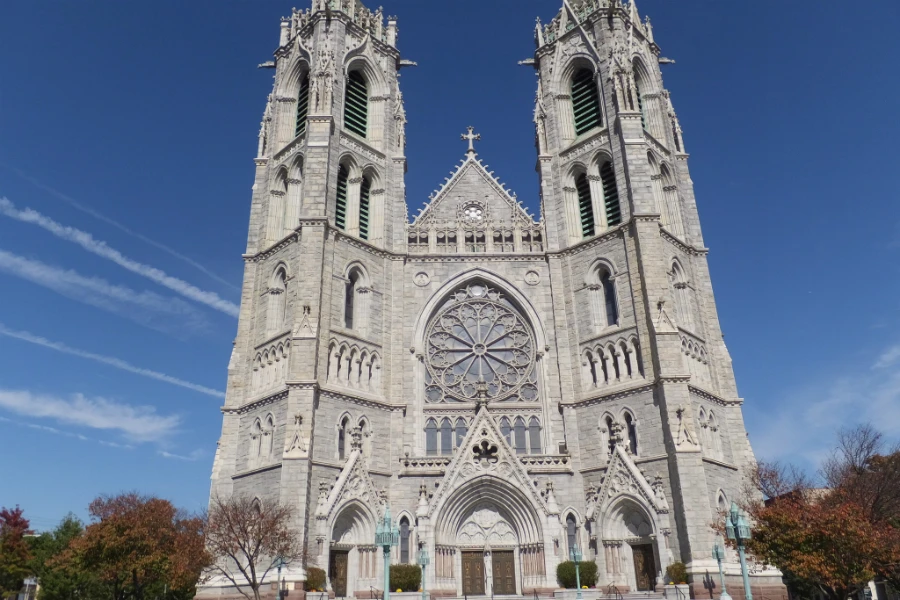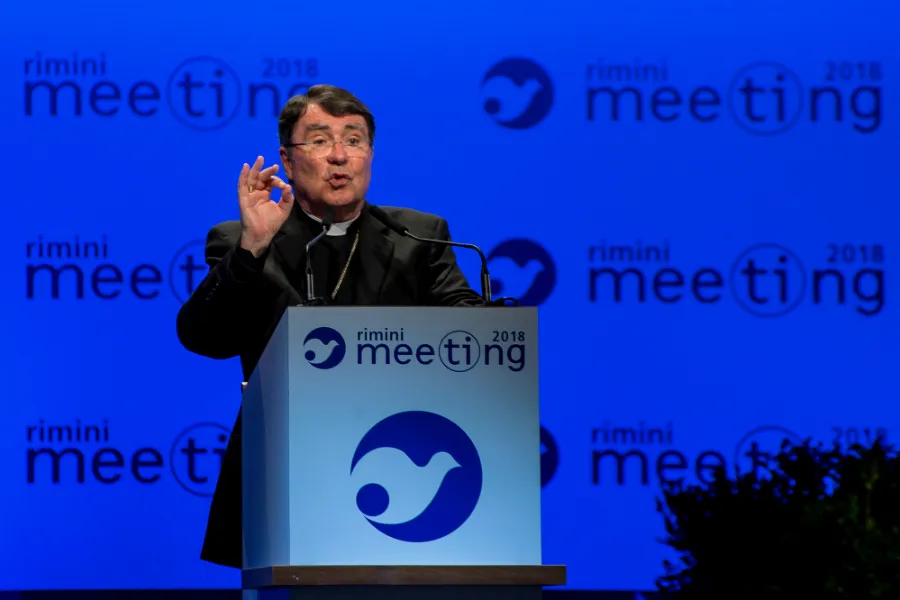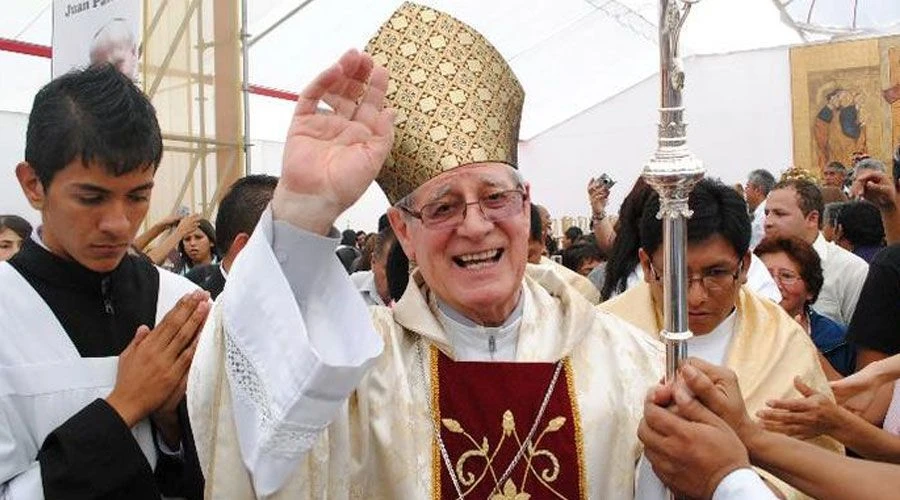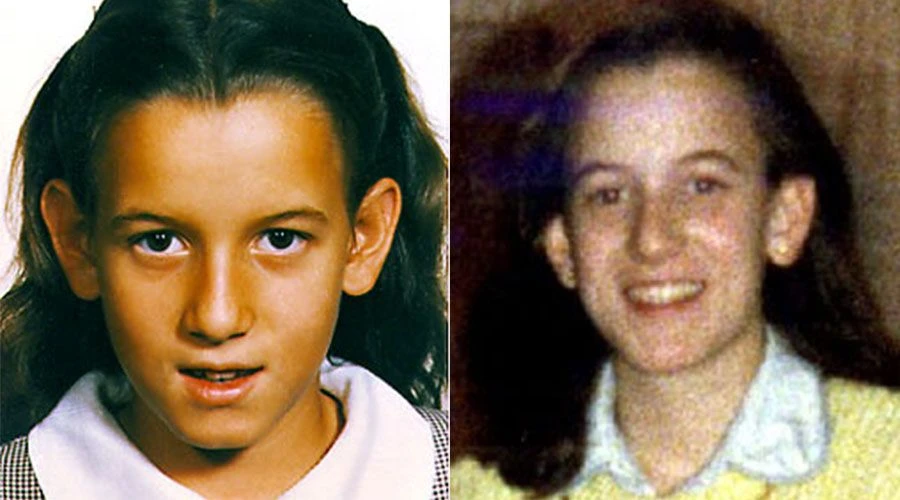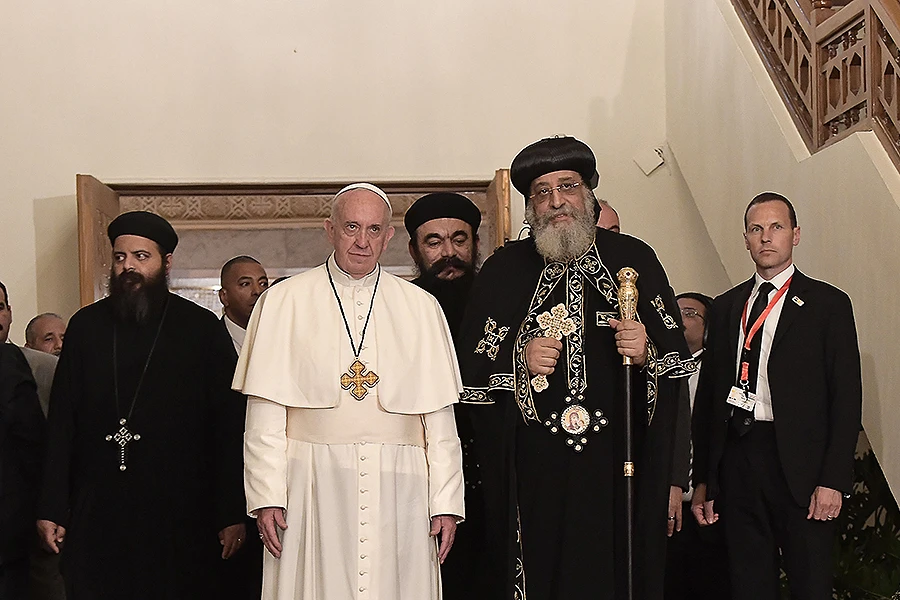
Alexandria, Egypt, Aug 20, 2018 / 02:48 pm (CNA/EWTN News).- Last month’s murder of Bishop Epiphanius, the abbot of St. Macarius Monastery in the Egyptian desert, has highlighted tension in the Coptic Orthodox Church over monasticism, ecumenism, and reform.
Bishop Epiphanius’ body was found July 29, with injuries to his head and back that suggest that he had been hit by a sharp object.
Isaiah al-Makary, whose name in the world is Wael Saad, was charged with the bishop’s murder Aug. 11, and confessed to the murder the following day. Saad said another monk, Faltaous al-Makary (Raymond Rasmi Mansour), assisted in the crime. Faltaous attempted suicide in recent weeks, and was being treated at a Cairo hospital.
Saad was expelled from the monastery Aug. 5, for “inappropriate actions which violate monastic behavior and way of life.” The Coptic Orthodox Church said that his dismissal had been decided on before the bishop’s death.
Bishop Epiphanius’ murder has led to the Coptic Orthodox Patriarchate issuing several decrees on monasticism.
Tawadros II, Coptic Orthodox Patriarch of Alexandria, announced Aug. 1 that the Church’s monasteries would stop accepting new brothers for one year. Those who established monasteries unapproved by the patriarchate will be stripped of their priesthood and monastic state. No new monasteries may be founded except as a revival of old monasteries, and this is to be done under the care of a recognized monastery.
The Church has also instructed its monks to close their social media accounts, and has suspended the ordination of monks for three years. Permissions for monks to attend outside functions is also being restricted.
And on Aug. 16, the Church announced that unrecognized monasteries have one month to submit to the supervision of the patriarchate. This will allow Tawadros “to supervise spiritual, financial, and managerial aspects,” the Egypt Independent reported.
The Coptic Orthodox Church is an Oriental Orthodox Church, meaning it rejected the 451 Council of Chalcedon, and its followers had historically been considered monophysites – those who believe Christ has only one nature – by Catholics and the Eastern Orthodox, though they are not considered so any longer.
Samuel Tadros, a senior fellow at the Hudson Institute, told the New York Times that Bishop Epiphanius was “a senior figure in a reformist Coptic movement” that has been favored under Tawadros.
“His appointment, in May, to position in which he would work as a liaison with the Catholic Church was seen as a sign that conservatives were being sidelined, Mr. Tadros said.”
Pope Francis visited Egypt last year, and signed a joint declaration with Tawadros announcing that their Churches will recognize the validity of each other’s baptisms.
Previously, the Coptic Orthodox Church had repeated baptism if a Catholic had sought to join it.
Conservative members of the Coptic Orthodox Church have reportedly resisted such reforms under Tawadros. According to a commentary by Engy Magdy in the Catholic Diocese of Brooklyn’s The Tablet, these conservatives are associated with Shenouda III, the immediate predecessor of Tawadros as Coptic Orthodox Patriarch.
The dispute goes back to tensions between Shenouda and Fr. Matta El Meskeen.
Fr. Matta was tasked by Cyril VI in 1969 with reviving monastic life at St. Macarius Monastery. The monk was focused on the spiritual life, openness to the thought of other Churches, and ressourcement.
While Shenouda was a disciple of Fr. Matta early on, after he was elected Pope of Alexandria in 1971 the two came into conflict. Shenouda restricted Fr. Matta to his monastery, and discouraged the reading of his books, according to an essay by Mina Thabet in Middle East Eye.
It was during this time, in 1984, that Epiphanius joined St. Macarius and became a monk. Epiphanius was a disciple of Fr. Matta, and was involved in ecumenism.
Fr. Matta died in 2006.
St. Macarius Monastery was long independent of the Coptic Orthodox hierarchy, but Shenouda restored it under the Church’s authority in 2009, and appointed some 70 conservative monks, among them Saad and Faltaous.
In the year after Shenouda’s 2012 death, Epiphanius was elected abbot of St. Macarius, and consecrated a bishop.
The murder of Bishop Epiphanius in his cell at St. Macarius may well only heighten tensions within the Coptic Orthodox Church, especially as Tawadros continues to extend his oversight of the monasteries in the desert of Egypt.
 […]
[…]



